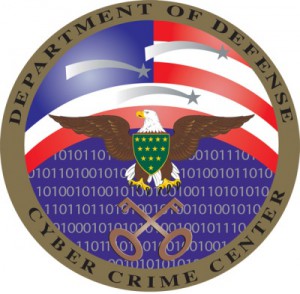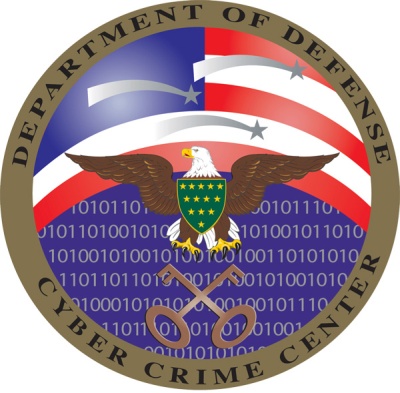 Threats to network security are greater today than they’ve ever been. From botnets to spies, everyone’s trying to get access to your system and its data.
Threats to network security are greater today than they’ve ever been. From botnets to spies, everyone’s trying to get access to your system and its data.
Among the biggest threats to networks are basic spyware and adware, denial of service attacks that can choke entire systems and bring them down, direct attacks by hackers and identity and data theft.
Then there’s the enormous amount of malicious code out there known as viruses, Trojan horses and worms, all chipping away and looking for vulnerabilities so they can get in and unleash a tremendous amount of harm.
If that wasn’t enough, there’s also a range of network cripplers called zero-hour or zero-day attacks, all designed to cause mayhem.
Understandably, there isn’t a one-shot cure-all to this long list of threats to network security. There is no one program that network administrators can load up that will offer total protection. Rather, just as with some human diseases that are difficult to treat, a multi-pronged approach is required to neutralize the threats.
That means starting with the basics: solid, robust antivirus and antispyware programs, such as Kaspersky![]() , that are as up to date as possible because new threats emerge almost daily. Updating your antivirus software last week may not prevent your network from becoming infected by a new virus let loose tomorrow.
, that are as up to date as possible because new threats emerge almost daily. Updating your antivirus software last week may not prevent your network from becoming infected by a new virus let loose tomorrow.
Just as most computers have firewalls automatically installed on their operating systems, with the default setting of “on”, networks themselves need to have their own firewall, to prevent access to the entire system.
More sophisticated solutions for thwarting attacks include Virtual Private Networks; these are more secure and provide connections through the internet.
Network administrators might also want to install intrusion prevention systems that will quickly detect and prevent incoming attacks.
Other steps that can be taken to secure networks include scheduling regular backups of data, so that in the event that the system is attacked, valuable data will not be corrupted or lost.
 If a part of the network is wireless, make sure that the connections are secure with strong passwords so that they cannot be easily accessed. The signals carry way beyond the office space and show up on computers and other devices of those who may be intent on causing harm. One may try to log on so that they can enter the network and upload malware or snoop around.
If a part of the network is wireless, make sure that the connections are secure with strong passwords so that they cannot be easily accessed. The signals carry way beyond the office space and show up on computers and other devices of those who may be intent on causing harm. One may try to log on so that they can enter the network and upload malware or snoop around.
Always ensure staff are properly trained in security measures and are aware of the persistent high threat of attack. That means, for example, if there are links in emails that staff are unsure of, do not click them. Similarly, request that data are sent in the body of an email instead of in an attached file, which if malicious would unleash destructive code to the computer and possibly from there spread right through the system.
Taking proactive steps to secure networks, and always remaining vigilant, will ensure that you’re as well protected as possible and therefore vastly reduce harmful disruptions to the business.
Cover Image Credit: By Rurik at en.wikipedia (Transferred from en.wikipedia) [Public domain], from Wikimedia Commons
Image Credit: Burgundavia [GFDL (http://www.gnu.org/copyleft/fdl.html) or CC-BY-SA-3.0 (http://creativecommons.org/licenses/by-sa/3.0/)], via Wikimedia Commons
